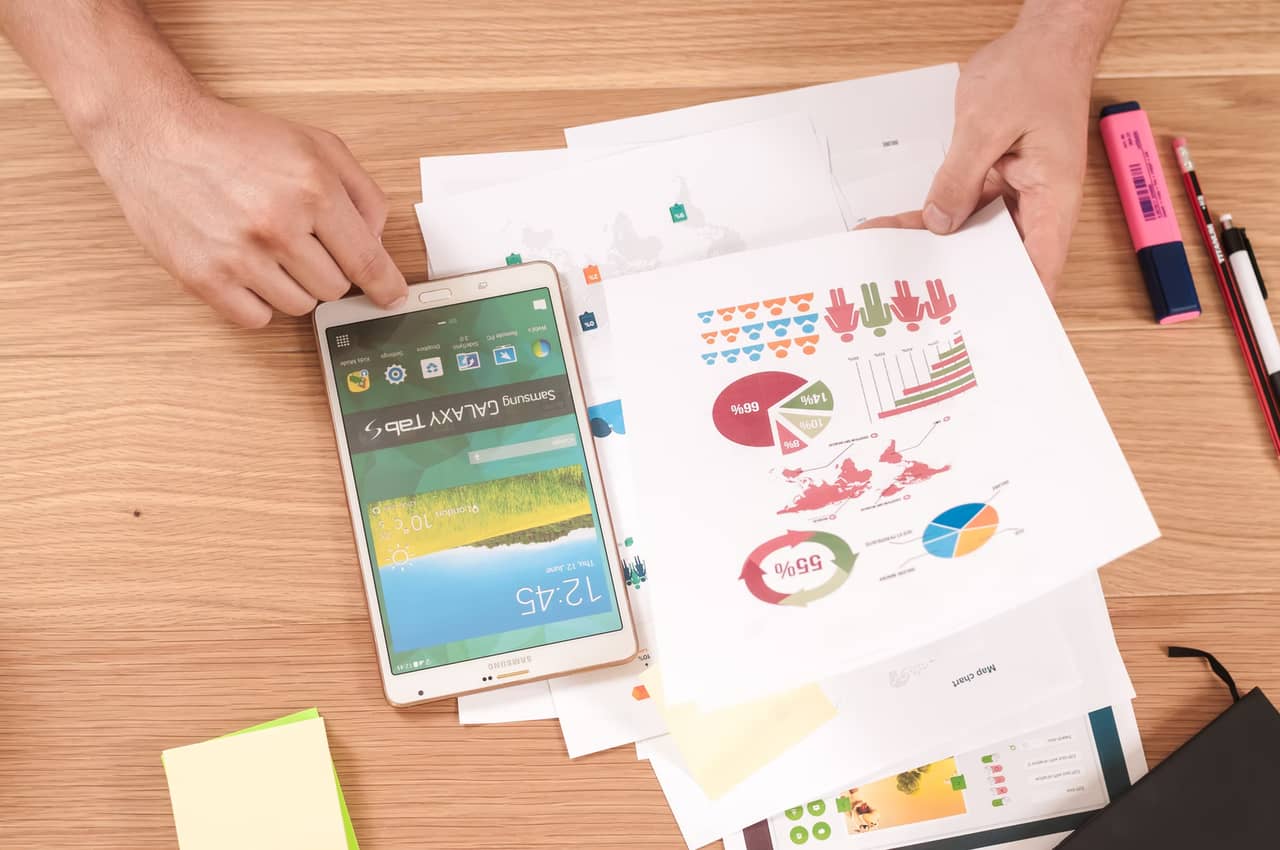
What’s a trigger and how to develop a good strategy that improves your sales
We’re going to talk about one of the basic elements in any automation strategy, this time focusing on triggers.
As important as they are, the truth is not everyone is used to working with them so let’s take a short tour starting with what they are, then how to use them strategically to improve sales through customer service, especially using Oct8ne’s sophisticated chat system.
WHAT IS A TRIGGER?
To get into the material, we need to explain or go over the concept at hand. A “trigger” gets its name for being an automatic action taken within the user’s interaction on a website or other digital asset like an email.
WHAT CAN THEY BRING TO MY WEBSITE?
Basically, what we gain with a trigger is making the website more than just reactive to what the user does when they enter it. On a page that doesn’t use this type of solution, the visitor goes through the pages and decides whether to make a purchase, fill out a form or another action. Everything is entrusted to their discretion and expertise.
The problem is that with a model where the user is completely independent, they can frequently find themselves with questions or browsing problems. These are dead ends that hinder the possibility of conversion.
What we accomplish by using automatic triggers is to make the system more intelligent. We define a situation that represents a framework where we should act if certain conditions are met then the system reacts with the action we’ve designated as a response. Thanks to our algorithm, we don’t have to worry about a thing, the system itself decides how and when to act.

IMPROVING SALES WITH TRIGGERS
We’ll be more specific by giving an example of how these actions can lead to increased sales. Specifically, we’ll analyze how to automate customer service to improve your e-commerce results.
One of the best things about triggers is we can be proactive when facing these potential demands without having to anticipate every possible scenario (which is practically infinite).
Strategically, we need to think about motivation in a broader sense. The first question we should ask ourselves is, “What need do we have to cover for the client?”
If we’re going to communicate directly with the user through a chat, it makes more sense to look at it this way and not as a sales pitch that interferes with browsing. It’s more of a “How can I help you?” rather than a “Do I have product X on sale?” We can’t forget the service role of this strategy and the tool should conform to it.
Therefore, you’ll have to do an in-depth review of your website and look for potential sticking points or opportunities to activate triggers. For example, triggering the chat window at certain points.
WHEN THE USER LANDS ON A CERTAIN PAGE
Every page of a website follows a search attempt and a goal, therefore it’s not hard to figure out what moves the user to get to a certain page and see what they might need.
If the user lands on the contact page, it means they need to know something that they haven’t found on the website. It’s our job to approach them warmly so we can answer the question and redirect them to conversion.
The same thing happens with other informational pages, like frequently asked questions or similar knowledge bases. If the visitor is interested enough to get there, logically, we should make things easy for them.
WHEN MORE THAN A GIVEN TIME HAS PASSED
This is another interesting variable that also has a lot to do with user experience. We know that each task carried out has a timespan. Therefore, if a user takes too long, isn’t that a sign that they’re having problems?
In these instances, we can program our trigger to offer the help needed in real-time. Imagine that a user has been on the checkout page for an excessive amount of time but doesn’t continue with the sale.
They might have questions about delivery times, pricing, warranties, literally hundreds of things that could disrupt the sale. The best part is that many of these issues can be solved on the spot.
That agents who attend the customer can play the role of a salesperson, not just clear up questions and assist with the conversion. As such, they’ll be able to cross-sell by persuading the customer to add products to the cart.
As you can see, having triggers help us in a crucial way to create a strategy that improves sales. If you want to learn more, we recommend this success story.












